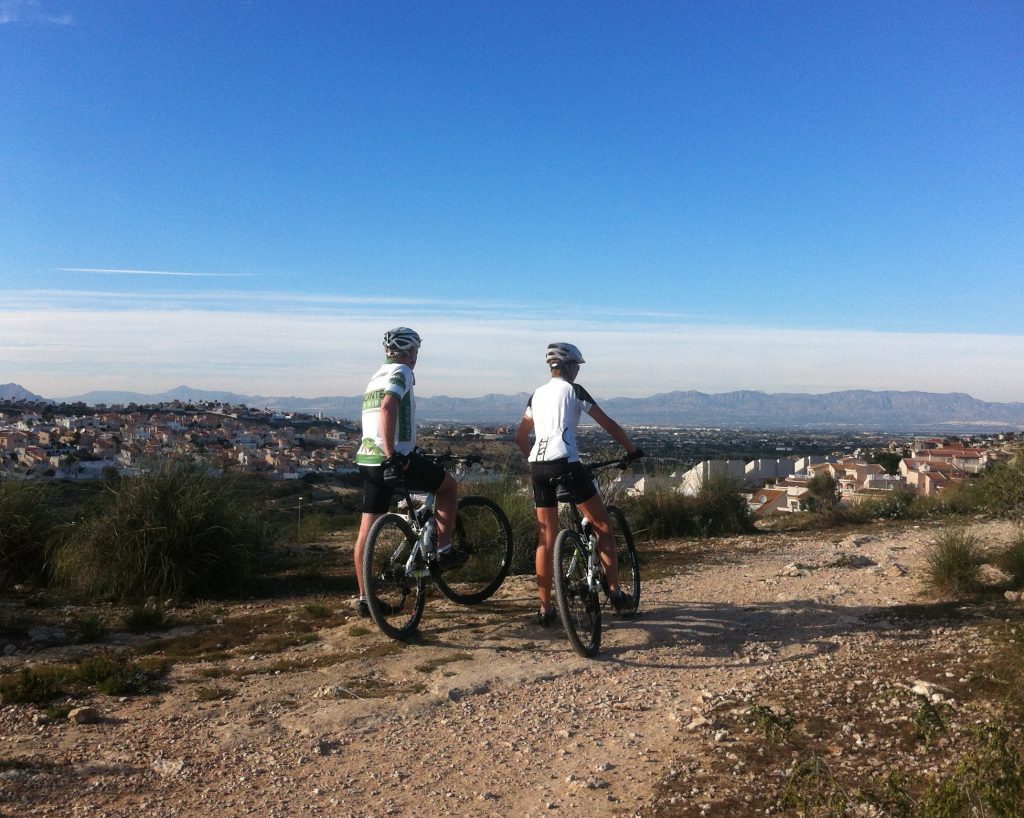Information Ciudad Quesada Rojales. Ciudad Quesada is a residential town that belongs to the municipality of Rojales.
This south Alicante region is called La Vega Baja. La Vega Baja has developed into different direction over the centuries. For example Rojales has gone from agricultural town to a tourist hub. Ciudad Quesada is the brain child of entrepreneurs stated to develop Ciudad Quesada in the 1070s . Neverthelss, the settlements around Rojales and the river Segura has a long history
The Segura River and the settlements
The River Segura has been an important source of water and energy for centuries. This is why you can find traces of how Rojales developed along the river. Firstly, The river irrigated the countryside and made it possible for people to settle and thrive in the area since 4000 years BC. Secondly the land is flat which makes it easy to grow and transport food stuff. For example, uou can find remains from settlements as far back as the Final Neolithic period as well of Iberian, Roman and Arab settlements.
The name Rojales stems from the beginning of the 14th century and you can see how important water was for the pre-conditions of the inhabitants. For example, there are collection of urban hydraulic sites ( 16th- 18th centuries)
on both banks of the River Segura are The Dam, The mouth of the irrigation channel, The Waterwheel and The Stone Bridge (16th – 18th Centuries). Find out more about excursions.

Economic sectors
Rojales has flourished as an agricultural village since the 1770s. Working the land played a crucial role up until the 19th century. However, as roads and infrastructure improved along with the industrialisation of Spain, small industries in different sectors emerged. Lately the most important economic sector is tourism and the building boom has given the area a totally new face.



Interesting sites to visit
There are some interesting site to visit
- The Rodeo Caves- a serie of houses dug out of rock during the 18th and 20th Centuries. Today it is a nice week-end outing. There are many art galleries, music events and bars located in the caves and the surroundings.
- “EL RECORRAL” PARK- orginally a small farming plantation . Now it is park and recreational area. In addition, it has the function of a floodable park i.e control flow rates and decrease flow peaks by storing excess floodwater and releasing it slowly once the risk of flooding. It is great hiking in the Guardamar hills, a large area for with a picnic and outdoor gyms. It is also a “educational area” for waste water recycling and with EU funds they have built ponds and planted autochthonous trees and plants. There are also wooden statues featuring animals placed in the park. These are made of tree trunks. Every year the park host the Pilgrimage of San Isidro Labrador.
- The Rio Segura, the water mill and other water heritage sites.
- The Orchard museum



